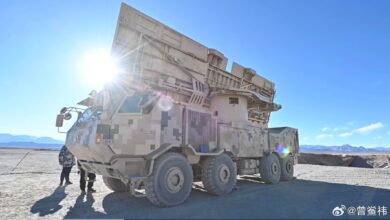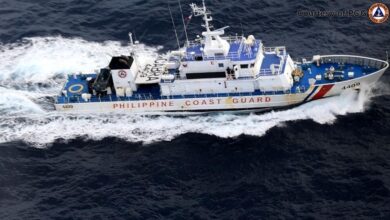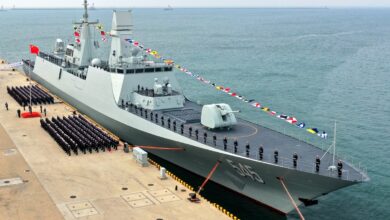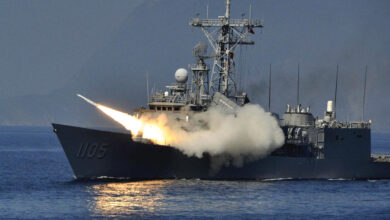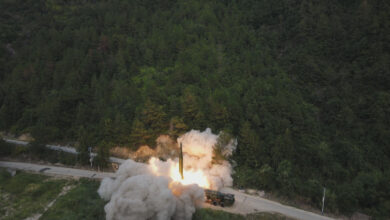Taiwan Test-Fires ‘Secret’ Cruise Missile Capable of Striking China
The Taiwanese armed forces test-fired a land attack cruise missile on Wednesday, according to local media.
The Hsiung Feng IIE (HF-2E) has reportedly been in service for over a decade but has never been seen publicly.
The Taiwanese Air Force test-launched the missile at the Jiupeng military base in Pingtung, United Daily News reported.
The Taiwanese news outlet provided the launch’s video and screenshots to back its claim.
The missile flew for over an hour, and the test achieved all its goals, according to the outlet.
No Official Confirmation
Citing a source, Taiwan’s semi-official Central News Agency acknowledged the test launch of a “classified” missile on Wednesday, without confirming whether it was the HF-2E.
The launch was part of a three-day live-fire drill involving fighter jets firing air-to-air missiles.
Scholar Weighs in on Video Evidence
A scholar with the government-funded Institute for National Defense and Security Research told the outlet, after watching the video, that the missile was indeed the HF-2E.
Su Tzu-Yun told Central News Agency that he based his opinion on the fact that the missile had two-stage ignition and flew for over an hour.
Became Public in 2022
The Taiwanese military started developing the missile in the early 2000s with intended features similar to that of the US Tomahawk.
The missile’s existence became public in a report sent to lawmakers in March 2022, according to Central News Agency.
The report revealed that the territory would be able to produce 131 HF-2 and HF-2E (extended-range) annually after the expansion of its manufacturing capacity in 2024.
Counter-Strike Weapon
The missile is a counter-strike weapon capable of striking the Chinese mainland in two versions: baseline and extended range.
The baseline version has a reported range of 300 to 600 kilometers (186 to 373 miles), while the extended range can strike targets 1,000 to 1,500 kilometers (621 to 932 miles) away.
Its warheads reportedly include 1,000 and 440-pound class high-explosives, capable of penetrating hardened targets.
The HF-2E reportedly uses the GPS-assisted inertial navigation system guidance and terrain contour matching capability.
The latter helps improve its navigation precision and allows it to fly low to evade enemy defenses.



